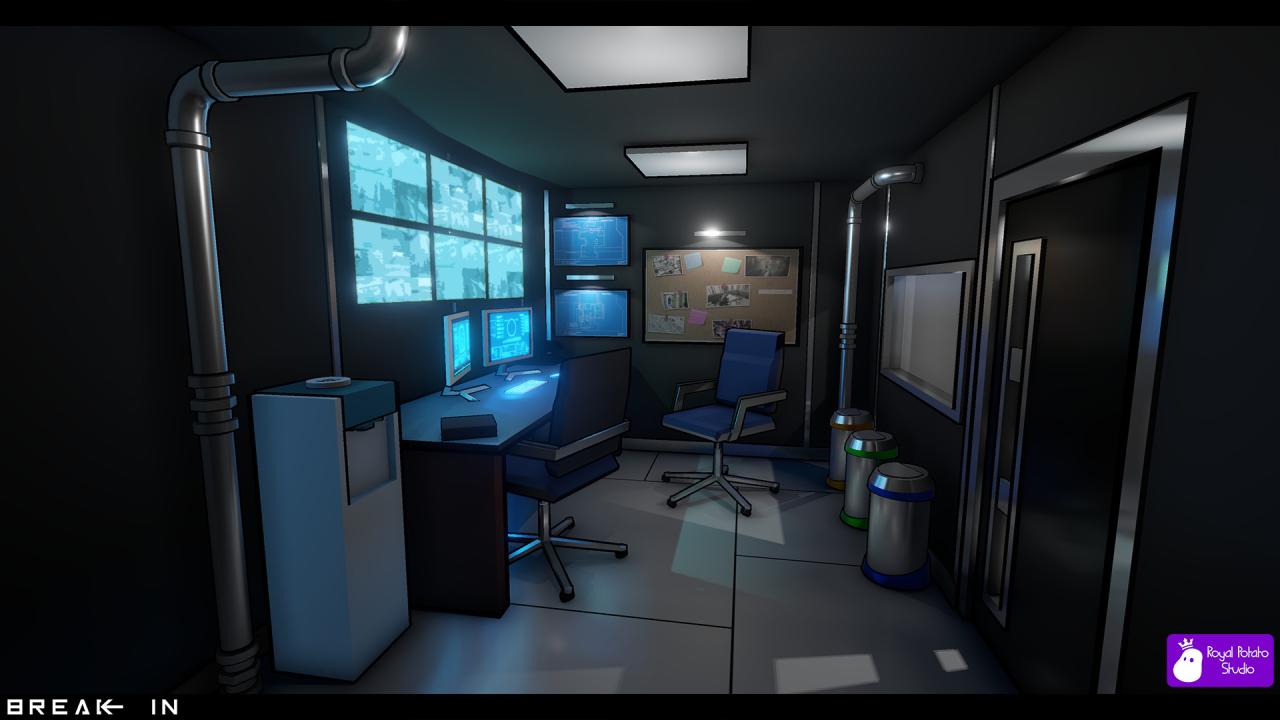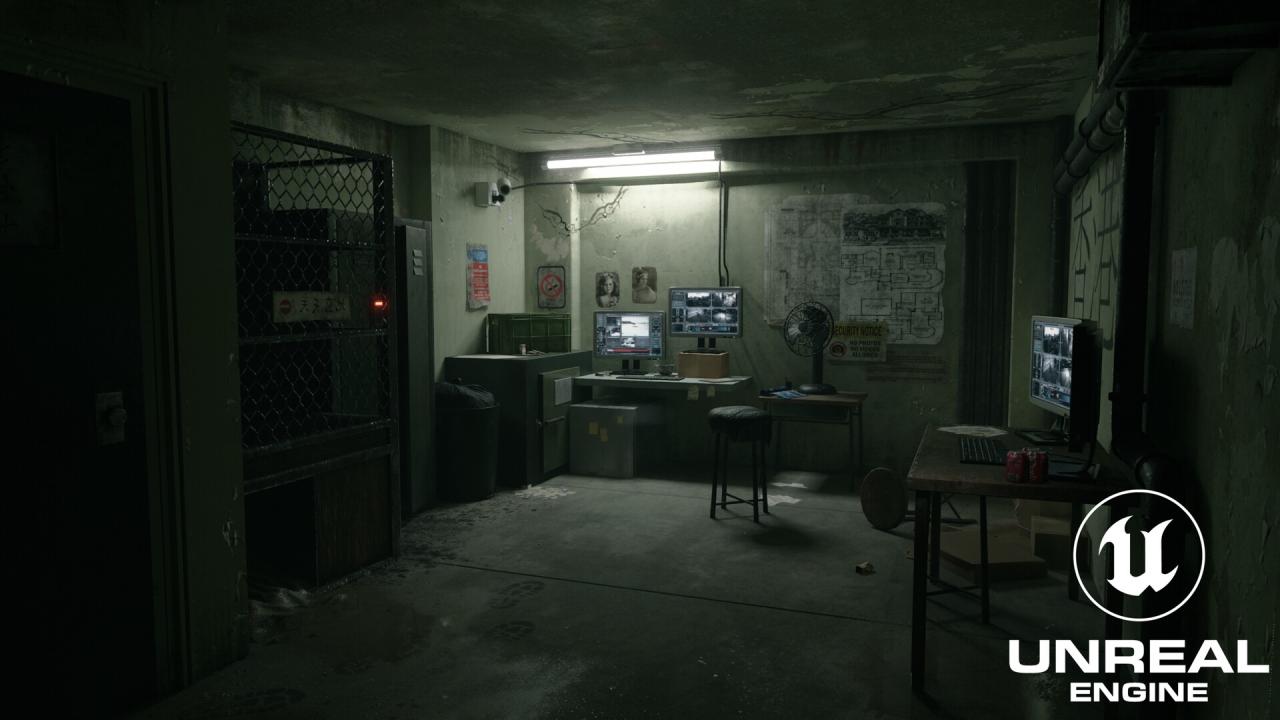From a security perspective the best rooms are – In the realm of security, the design and configuration of rooms play a pivotal role in safeguarding assets and personnel. From access control to construction materials, every aspect of a room’s composition contributes to its overall security posture. This article delves into the key considerations for creating secure rooms, providing practical insights and best practices.
Security-focused room design involves integrating physical barriers, surveillance systems, and protocols to deter unauthorized access, mitigate risks, and ensure the well-being of occupants. By understanding the principles of secure room design, organizations can create environments that effectively protect against potential threats.
From a Security Perspective: The Best Rooms Are Already Prepared

In the realm of security, the design and preparation of rooms play a crucial role in safeguarding assets and ensuring the well-being of occupants. This article delves into the essential elements of room security, encompassing design features, access control measures, material considerations, security protocols, and integration with building security systems.
Room Design and Security Features, From a security perspective the best rooms are
The layout and design of a room can significantly enhance security. By incorporating security-focused elements, such as clear lines of sight, well-defined entry and exit points, and limited hiding places, the risk of unauthorized access or concealed threats is minimized.
Access Control and Surveillance
Access control systems, including electronic locks, keycards, and biometric scanners, are essential for restricting access to authorized individuals only. Surveillance cameras, motion sensors, and other monitoring devices provide real-time monitoring and deter potential intruders.
Materials and Construction
The materials used in room construction have a direct impact on security. Reinforced doors, shatterproof windows, and sturdy walls offer enhanced protection against forced entry and vandalism. Proper installation and maintenance of security features ensure their effectiveness.
Security Protocols and Procedures
Established security protocols and procedures guide staff and occupants in adhering to security measures. Access logs, visitor management systems, and emergency response plans provide a structured approach to managing access and responding to security incidents.
Integration with Building Security Systems
Integrating room security with overall building security systems allows for centralized monitoring and control. This enables a comprehensive and coordinated security response, enhancing the overall protection of the facility.
FAQ Summary: From A Security Perspective The Best Rooms Are
What are the key elements of a secure room design?
Security-focused room design involves incorporating physical barriers such as reinforced doors and shatterproof windows, implementing access control systems, deploying surveillance cameras and motion sensors, and establishing clear security protocols.
How does access control contribute to room security?
Access control systems restrict unauthorized entry by verifying the identity of individuals attempting to access a room. This can be achieved through keycards, biometric scanners, or other authentication methods.
What is the role of surveillance in enhancing room security?
Surveillance cameras, motion sensors, and other monitoring devices provide real-time monitoring of a room, allowing security personnel to detect and respond to suspicious activities or breaches in security.


